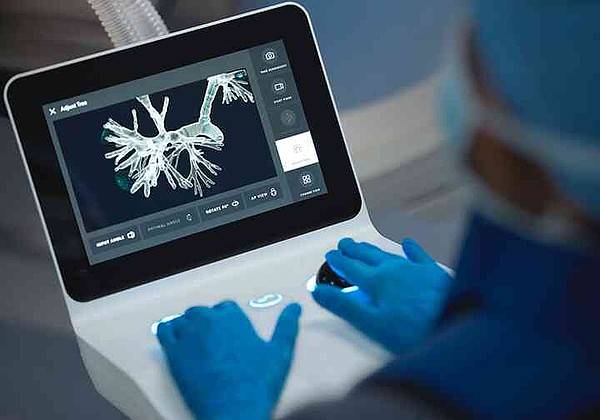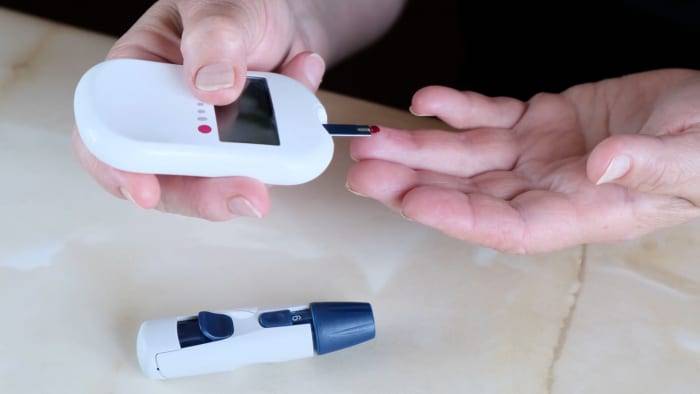Sarah’s Wake-Up Call: A Routine Checkup That Changed Everything
Sarah, a 35-year-old marketing executive, never imagined that a routine checkup would change her life. When her doctor informed her that her blood sugar levels were elevated, she felt both shocked and uncertain about what this meant for her future. With a family history of diabetes, Sarah knew she had to act quickly to regain control of her health. Determined to prevent a type 2 diabetes diagnosis, she embarked on a journey of lifestyle changes—one step at a time.
Transforming Her Diet
Reducing Sugar Intake
The first area she tackled was her diet. Cutting back on sugary drinks was an easy but impactful decision. Instead of reaching for soda or energy drinks, she switched to water, unsweetened tea, and black coffee. This simple change helped her reduce calorie intake and stabilize blood sugar levels.
Incorporating More Fiber
She also began incorporating more fiber-rich foods like whole grains, oats, and brown rice. Studies have long linked high-fiber diets with a lower risk of type 2 diabetes, as fiber helps slow glucose absorption and regulate insulin response. Sarah also prioritized fruits and vegetables with a low glycemic index, such as berries, apples, and leafy greens, which help maintain steady blood sugar levels.
Choosing Lean Proteins
She made another significant shift by reducing her consumption of red and processed meats—foods associated with higher diabetes risk. In their place, she introduced lean proteins like chicken, fish, eggs, and plant-based options like lentils and chickpeas. This not only supported her overall health but also helped lower inflammation, a factor often linked to metabolic disorders. Including unsweetened dairy products, such as yogurt and milk, further supported her nutritional balance while contributing to improved gut health.
Embracing an Active Lifestyle
Beyond dietary changes, Sarah embraced physical activity as a core part of her routine. Research suggests that even moderate exercise, such as brisk walking for 30 minutes daily, can lower diabetes risk by nearly 30%. She started small, incorporating short walks during work breaks and gradually increasing her activity level. By making exercise a habit, she not only improved insulin sensitivity but also felt more energetic and less stressed.
Focusing on Weight Management
Weight management became another priority. Studies indicate that losing 7-10% of body weight can significantly reduce the risk of developing type 2 diabetes. Sarah set realistic goals, focusing on consistent progress rather than rapid weight loss. Her approach ensured that these changes were sustainable rather than temporary fixes.
The Power of Small Changes
Her journey underscores the power of small, consistent adjustments. One simple decision—like swapping sugary drinks for water—became the catalyst for broader changes in her life. Small steps create momentum, reinforcing long-term habits that can drastically reduce disease risk.
Prevention Is Possible
Type 2 diabetes remains a growing global health concern, but Sarah’s experience is proof that prevention is possible. Lifestyle changes, no matter how minor, can create lasting benefits. As we consider her journey, one question remains: What small change can you make today that might shape your future health?
Explore more about wellness and health strategies at Epochedge Health or stay informed with the latest updates at Epochedge News.










